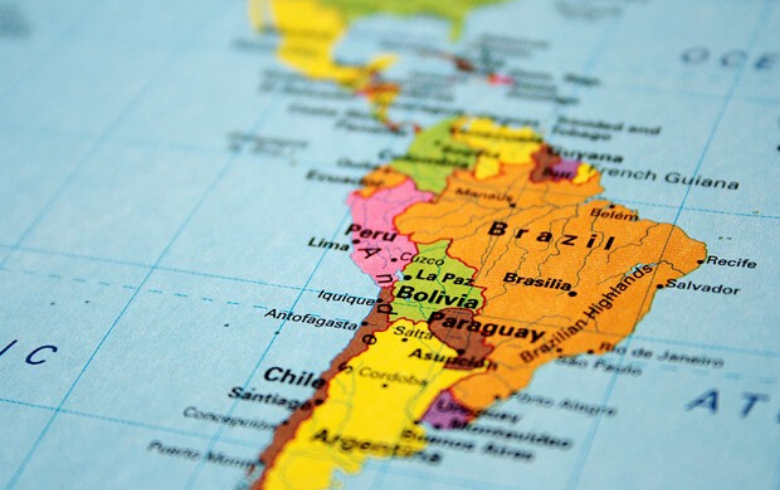Representatives from Latin America discuss the textile industry’s forecasts in the region

Last Tuesday (12), Abit (Brazilian Textile and Apparel Industry Association) held a broadcast event with South America’s textile industry representatives to discuss the current setting and assess the continent’s future after the pandemics.
In addition to the institution’s president, Fernando Pimentel, Luiz Tendlarz, the president of the Argentinian Textile Industries Federation; Juliana Calad, director of Colombia’s Fashion and Textile Chamber, and Diego Daud, president of Paraguay’s Textile Manufacturers Industrial Association also participated.
During the conversations, the representatives also commented on their countries’ current situation. Juliana Calad points out that in Colombia cases surpass 11 thousand and the country remains quarantined. In Argentina the situation is similar, and the country is on lockdown since March 19, with the exception of health workers.
As for Paraguay, according to Diego Daud, although the situation has been controlled from the beginning and the country displays a low infected rate, the setting is still uncertain and affects the textile industry which employs about 200 thousand people in the country.
Fernando Pimentel comments on the return forecasts in Brazil: “Companies hope to achieve 30% to 40% of their production in June and, in the best scenario, get through December with 70% of a normal production”.
Experts thereby believe that the pairing of Latin countries is critical to strengthen the region during the reopening. “If we act as blocs, we have more chances of recovering”, Luiz believes. The president of the Argentinian Textile Industries Federation thinks that the global system of before should not remain the same. “Production cannot be centered in one country. If we do not protect what we have, it will go away. Therefore, our bloc (Latin) has to grow stronger and form an internal chain”, he adds.
Experts emphasize that, right now, the largest boost for the textile sector comes from the health industry that needs equipment and apparel. As for the companies that have redirected their production for masks, they can retain part of the production, but even then, Fernando explains that most operate with 20% to 25% capacity.
New markets
According to IEMI data, published in partnership with Abit, no Latin country is among the 15 largest textile and apparel exporters. For Juliana, the current situation can alter this scenario. With delays and problems faced by Asian countries in exports, she sees an opportunity for the Latin market to cover these provisions.
Everyone agrees that online tools will be essential for this new moment. Juliana remarks that Colombia’s Fashion and Textile Chamber will create a marketplace in the upcoming weeks and points out that this method should become more common from now on. Luiz, however, weighs that physical means, including events and tradeshows, will still remain: “I hope we can enjoy events like these for a long time, and meet each other and hug each other”, he concludes optimistically.
About Abit
The Brazilian Textile and Apparel Industry Association (Abit), founded in 1957,
is one of the most important entities among the economic sectors of the
country. It represents the productive force of 25.2 companies located across
the country- companies of all sizes that collectively employ over 1.5 million workers
and generate annual revenues of US$ 48.3 billion.
